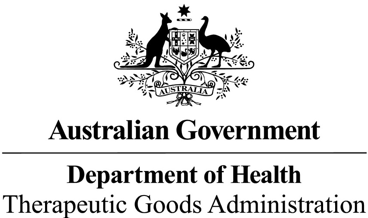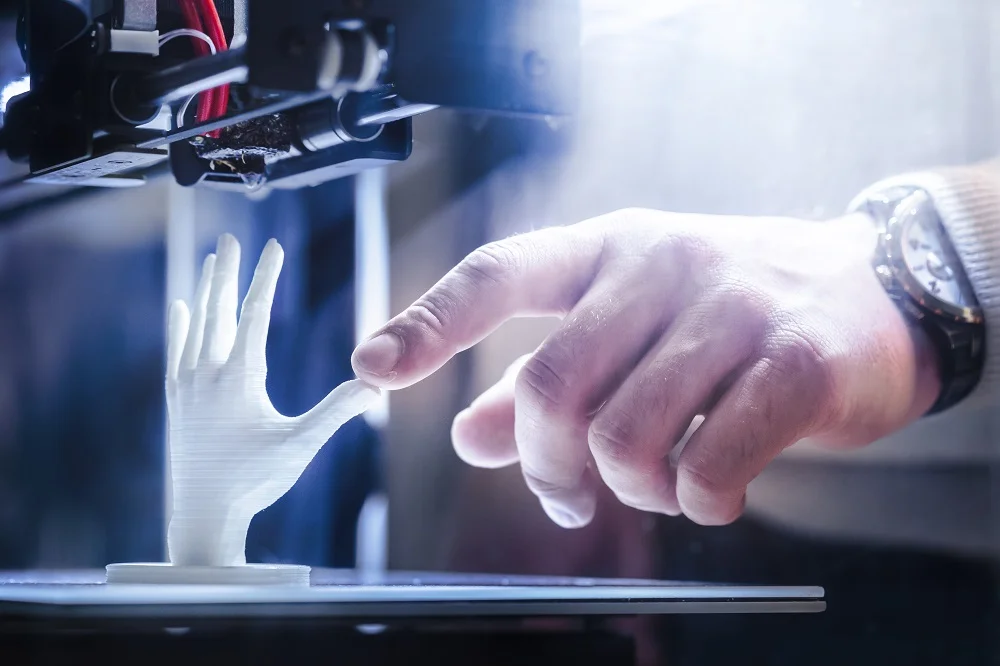The new article describes in detail the regulatory approach to be applied concerning patient-matched medical devices in general and to the design envelope in particular.

Table of Contents
The Therapeutic Goods Administration (TGA), an Australian regulatory agency in the sphere of healthcare products, has published a guidance document dedicated to the clinical evidence to be provided when applying for marketing approval for a medical device intended to be marketed and used in the country. In particular, the guidelines provide additional clarifications regarding the approach to be applied when determining the scope of clinical evidence to be submitted to substantiate the claims and statements regarding the safety and performance of a new device; as well as recommendations to be taken into consideration by medical device manufacturers and other parties involved to ensure compliance with the respective regulatory requirements. At the same time, provisions of the guidance are non-binding in their legal nature, and could be subject to changes, should such changes be reasonably necessary to reflect the corresponding changes to the underlying legislation. In particular, the present guidance constitutes an updated version of the document which now covers some new types of medical devices including, inter alia, patient-matched products.
Patient-Matched Medical Devices: Key Points
According to the guidance, a patient-matched medical device is manufactured to match the anatomical and/or physiological features, or to address a pathological condition, of a particular individual; the device is manufactured within the parameters of a specified design envelope using production processes that are capable of being either or both validated and verified, and of being reproduced.
The points above are vitally important for understanding the regulatory nature of patient-matched devices and specific aspects associated thereto. Due to the impact of the said factors, the general regulatory approach used for serial medical devices could not be applied to patient-matched ones, since the design of each of such devices could differ significantly from another one manufactured by the same manufacturer. To assist medical device manufacturers in ensuring compliance with the applicable regulatory requirements, the TGA further describes in detail the main concepts related to patient-matched medical devices.

Specified Design Envelope
One of the most important of such concepts is a “specified design envelope”, which stands for a set of all relevant parameters (minimum and maximum dimensions, performance limits, or other relevant factors) that characterize a patient-matched medical device for production purposes. The said concept applies to any patient-matched medical device irrespectively of their class under the existing risk-based classification. At the same time, the characteristics of a patient-matched medical device could vary within certain limits set forth by a standard device template which establishes the general design and functional characteristics – the authority additionally emphasizes that the medical device manufacturer should establish the said boundaries for each of the parameters.
As further explained by the TGA, all the parameters could be divided into the six categories that are also described in detail in the present guidance. In this respect, the authority also mentions that given the variety of technologies, materials, and processes used in the manufacturing of medical devices, not all parameters may apply to every patient-matched medical device. The above mentioned parameters include, inter alia, the following ones:
- Structural parameters describe the boundaries for the main characteristics of the device, such as dimensions, volume, and shape. It is important to mention that the scope of this category also covers patient-imaging data the device is intended to use. Apart from the external ones, this category covers internal structural features of the product (e.g., wall thickness or porosity).
- Material parameters describe the raw materials used in the manufacturing process and their characteristics. In this respect, the authority states that the materials used should meet the requirements set forth by the applicable standards.
- Manufacturing parameters describe the ones to be applied in the course of the manufacturing process, as well as the boundaries for each of them. This category covers, inter alia, the parameters related to production, post-production processing, fabrication, assembly, cleaning, sterilization (if required), packaging, and labeling of the device.
- Clinical environment parameters describe the particular clinical environment in which the device is intended to be used.
- Performance parameters are the ones the product should meet when used for its intended purpose. Hence, these parameters could vary depending on the intended use of the device.
- Other parameters – a separate category that could be used for all the parameters that do not fall within the scope of any of the above categories.
For the data use, the authority emphasizes the following: where the parameter is represented using categorical data, the manufacturer should establish all of the categories that the parameter can accept; where the parameter is represented using numerical data (continuous or discrete), the manufacturer should establish the reference interval, minimum increment, and unit of measurement for the variable.
The authority also acknowledges that nowadays novel technologies are widely used to manufacture patient-matched medical devices. For instance, such a device could be produced with the help of additive manufacturing technology (3D printing) using computer tomography, magnetic resonance images, or other similar materials. In such a case, special attention should be paid to the requirements for the quality and level of detail of the source images, as this would impact the overall quality of a final device.
In summary, the present TGA guidance describes the approach to be applied concerning patient-matched devices and highlights specific aspects associated thereto. The document also provides additional clarifications and explanations regarding the design envelope – one of the main concepts used in the context of patient-matched devices.
Sources:
https://www.tga.gov.au/sites/default/files/clinical-evidence-guidelines-medical-devices.pdf
How Can RegDesk Help?
RegDesk is a next-generation web-based software for medical device and IVD companies. Our cutting-edge platform uses machine learning to provide regulatory intelligence, application preparation, submission, and approvals management globally. Our clients also have access to our network of over 4000 compliance experts worldwide to obtain verification on critical questions. Applications that normally take 6 months to prepare can now be prepared within 6 days using RegDesk Dash(TM). Global expansion has never been this simple.

